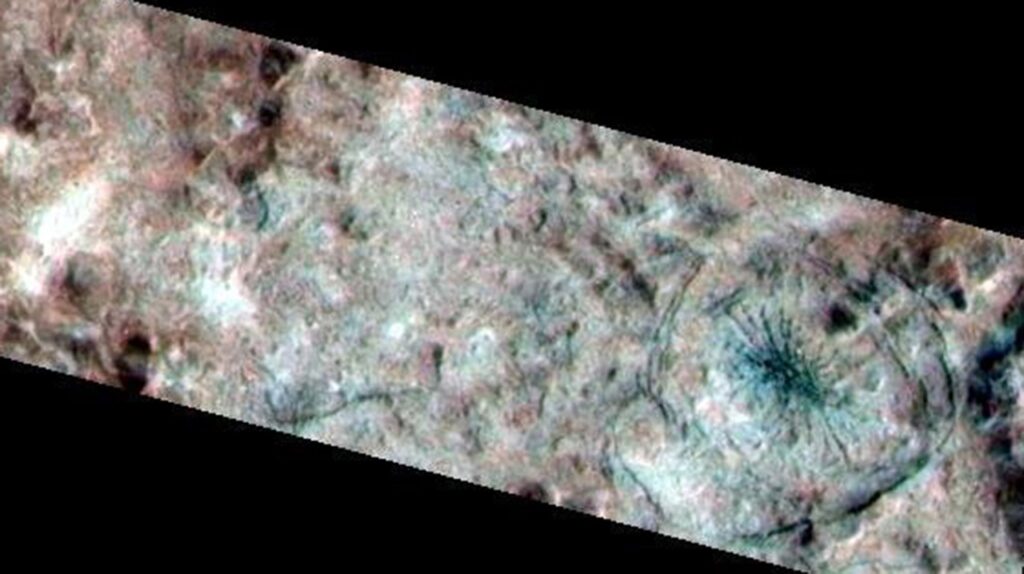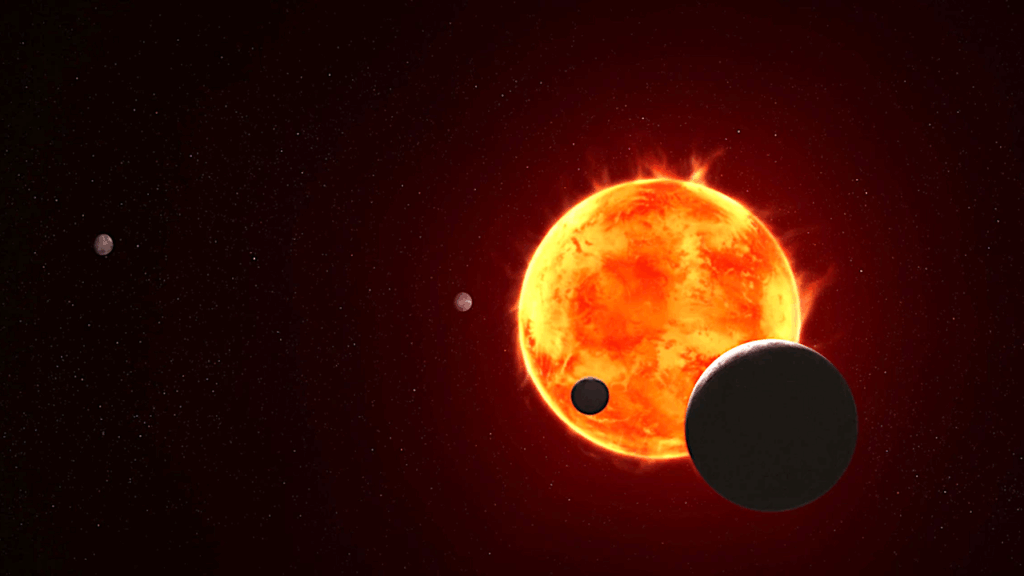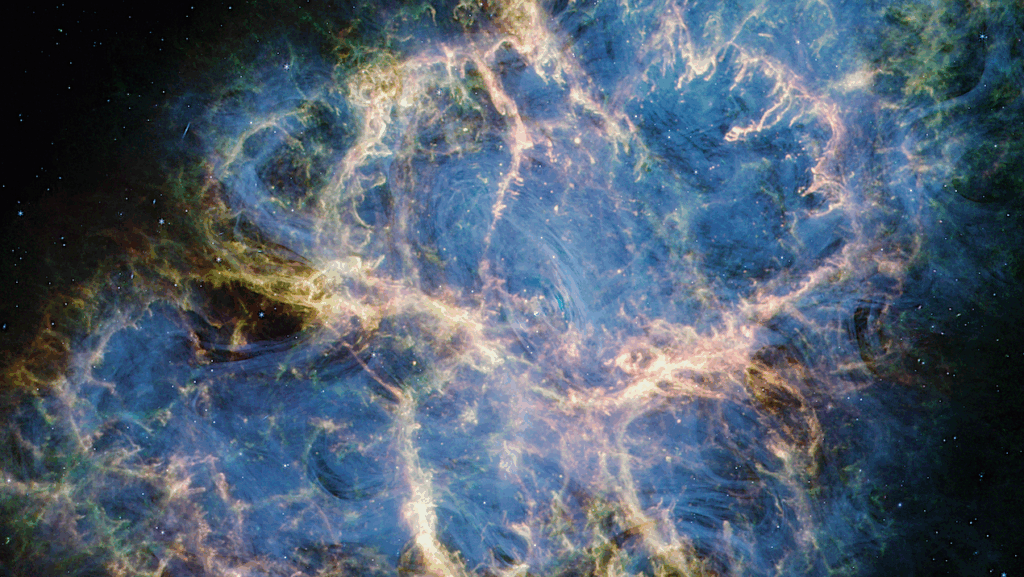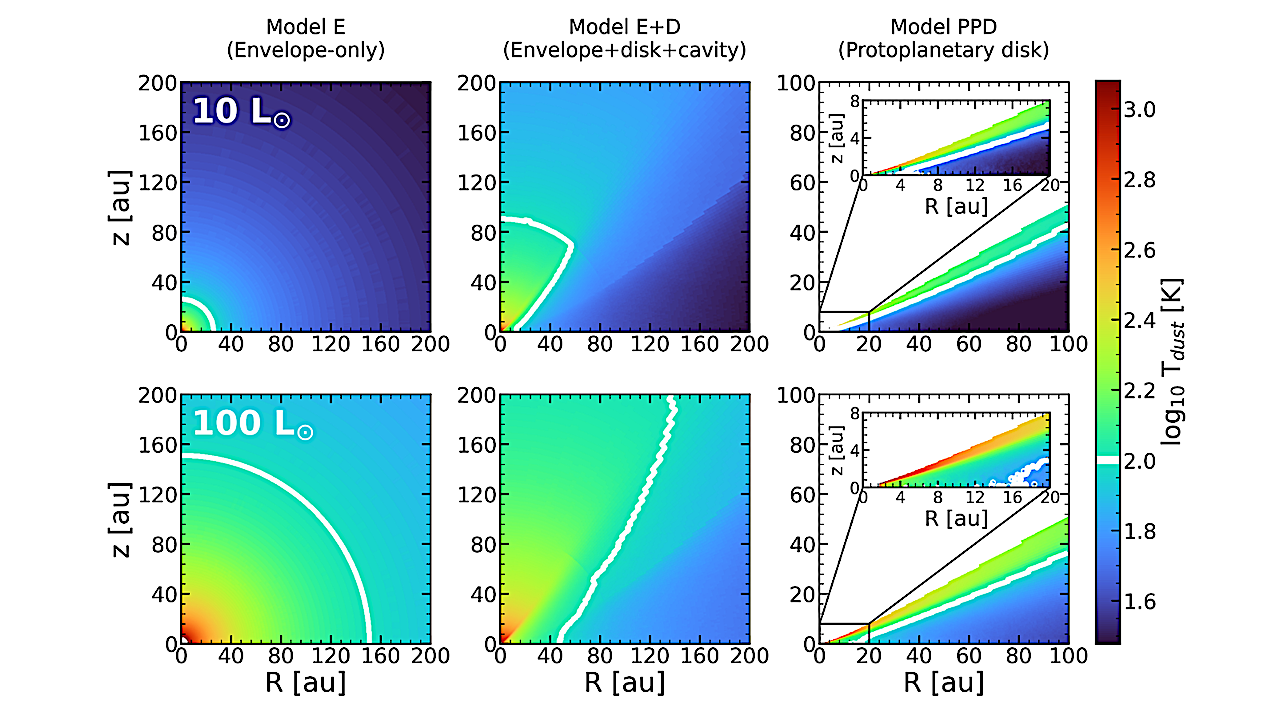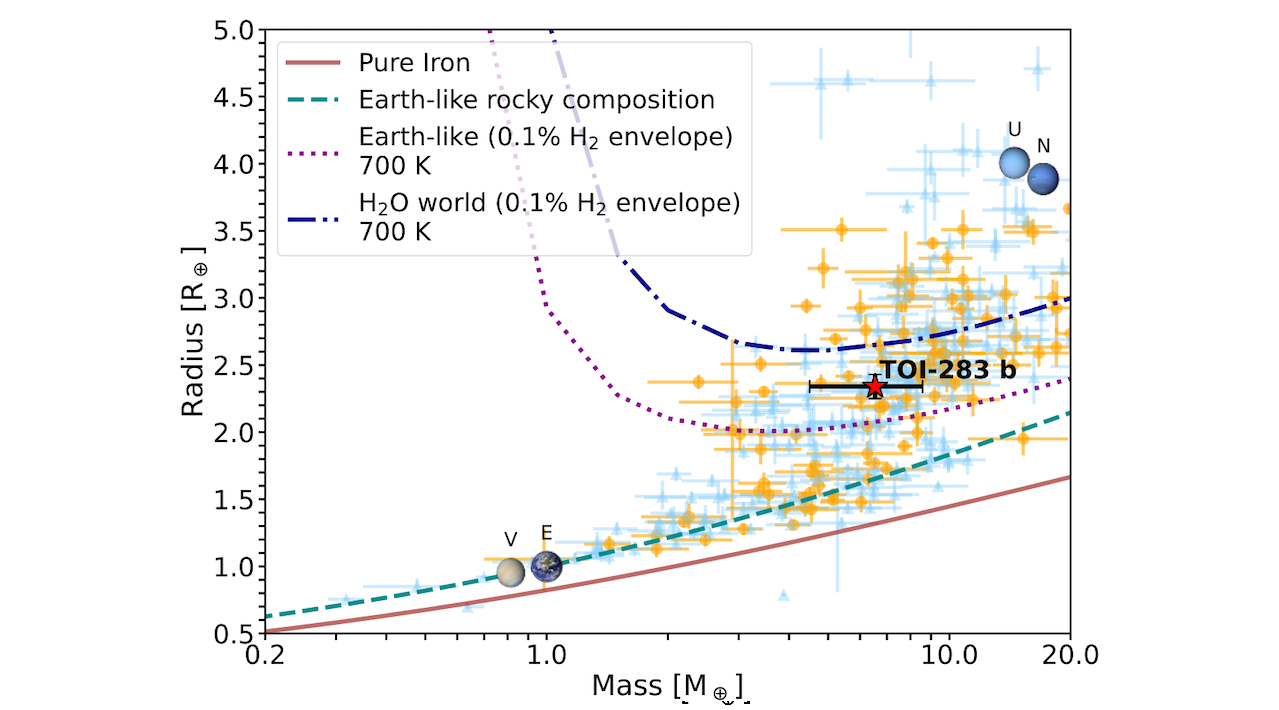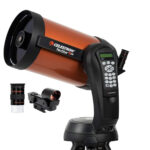Now Reading: The Abiotic Background as a Central Component of a Sample Safety Assessment Protocol for Sample Return
-
01
The Abiotic Background as a Central Component of a Sample Safety Assessment Protocol for Sample Return
The Abiotic Background as a Central Component of a Sample Safety Assessment Protocol for Sample Return
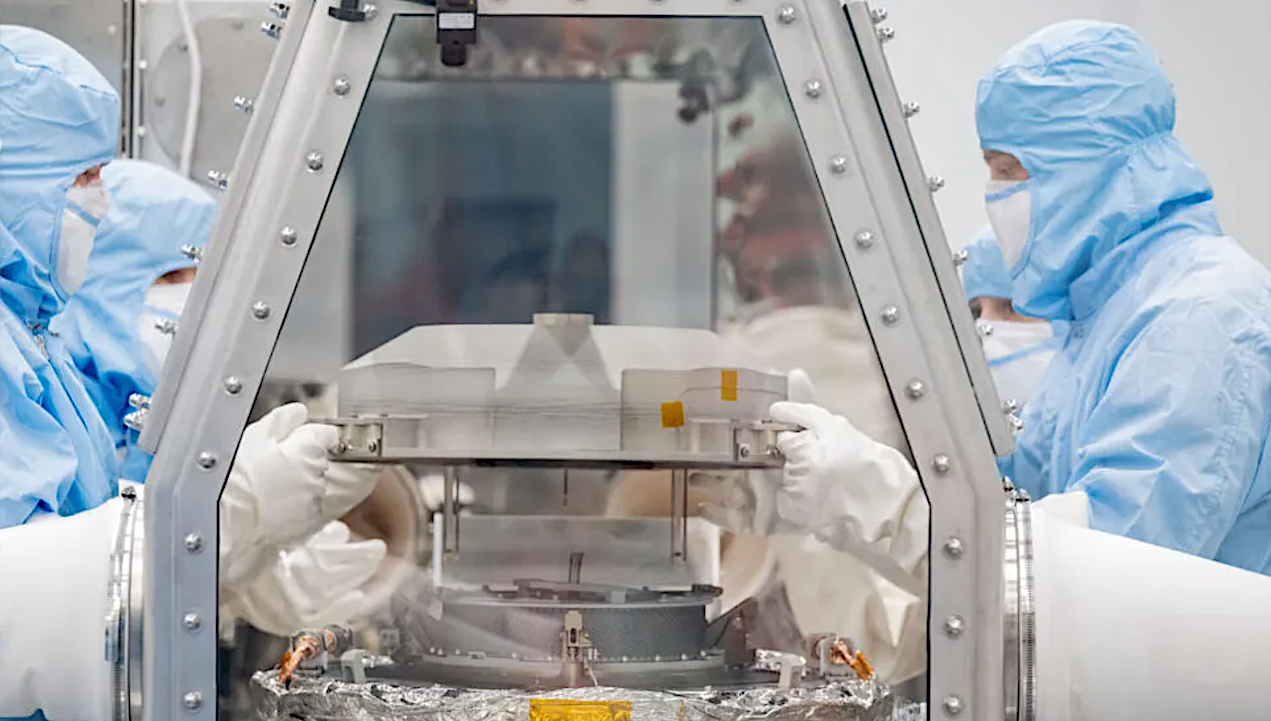

Lockheed Martin Recovery Specialists Levi Hanish and Michael Kaye remove the lid of the sample return canister. Credit: NASA/Robert Markowiz
Martian rock and regolith samples are being collected and cached by NASA’s Perseverance rover, with the goal of returning them to Earth as soon as the mid-2030s.
Upon return, samples would be housed in a sample receiving facility under biological containment to prevent exposing Earth’s biosphere to any potential biohazards that might be present. Samples could be released from high containment for scientific investigations if they are found to be safe or are sterilized.
The Sample Safety Assessment Protocol Tiger Team (SSAP-TT) was convened by the Sample Receiving Project between August 2023 and August 2024 and tasked with the development of a Sample Safety Assessment Protocol (SSAP). The result of this work is a proposed three-step protocol, supported by Bayesian statistical hypothesis testing, to assess the risk as to whether returned samples contain modern martian biology that could represent a biohazard.
The proposed protocol outlines procedures to determine whether the samples could be safely released from high containment without sterilization or require a “hold and review” step. This article presents the central concept of the SSAP approach-comparing returned samples to the abiotic baseline.
Organic molecules, which exist throughout the solar system, can have either biotic or abiotic origins. However, biotically produced organic molecules exhibit distinct complexity, distribution, and abundance characteristics that differentiate them from those formed through abiotic chemistry.
The proposed protocol would examine the organic inventory of returned samples by using multiple techniques, including morphological and spectral assessments, to determine whether any signals exceed the abiotic baseline; that is, whether the organic molecular inventory could be explained solely by abiotic chemical synthesis.
This approach provides a rigorous, yet feasible, safety assessment protocol by using modern techniques while minimizing sample consumption. We also identify key areas for future research and development, which include detection limits and further characterization of the martian abiotic background.
The Abiotic Background as a Central Component of a Sample Safety Assessment Protocol for Sample Return, Astrobiology via PubMed
Astrobiology,
Stay Informed With the Latest & Most Important News
-
 012024 in Review: Highlights from NASA in Silicon Valley
012024 in Review: Highlights from NASA in Silicon Valley -
 02Panasonic Leica Summilux DG 15mm f/1.7 ASPH review
02Panasonic Leica Summilux DG 15mm f/1.7 ASPH review -
 03How New NASA, India Earth Satellite NISAR Will See Earth
03How New NASA, India Earth Satellite NISAR Will See Earth -
 04And Thus Begins A New Year For Life On Earth
04And Thus Begins A New Year For Life On Earth -
 05Astronomy Activation Ambassadors: A New Era
05Astronomy Activation Ambassadors: A New Era -
06SpaceX launch surge helps set new global launch record in 2024
-
 07From Polymerization-Enabled Folding and Assembly to Chemical Evolution: Key Processes for Emergence of Functional Polymers in the Origin of Life
07From Polymerization-Enabled Folding and Assembly to Chemical Evolution: Key Processes for Emergence of Functional Polymers in the Origin of Life












